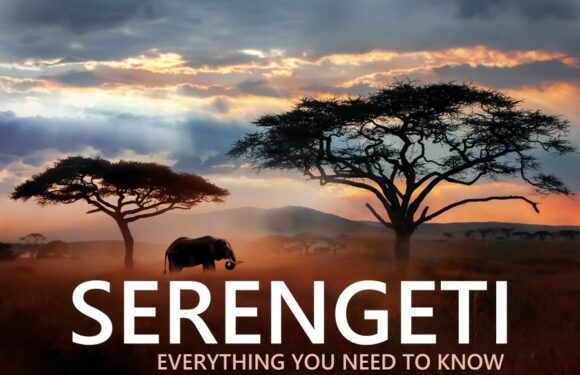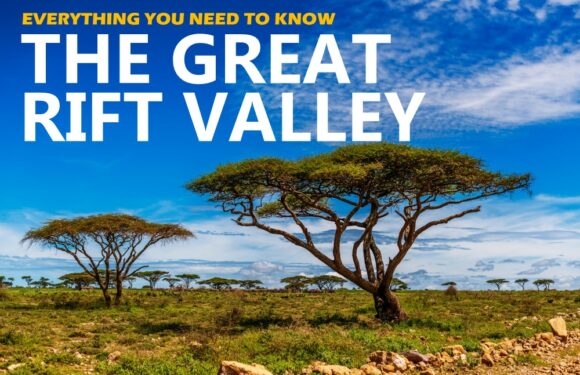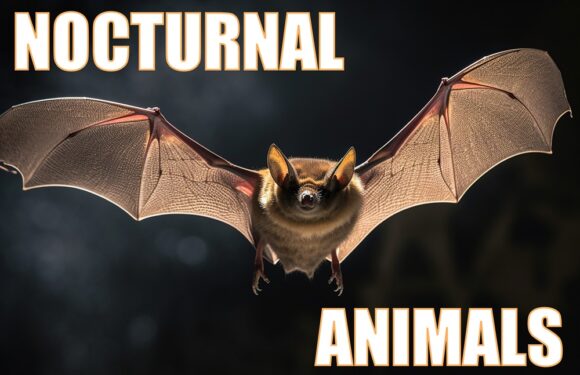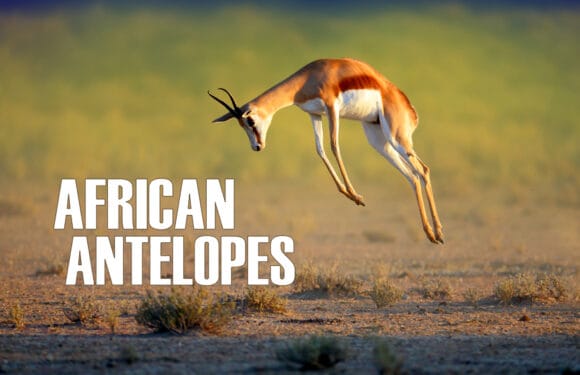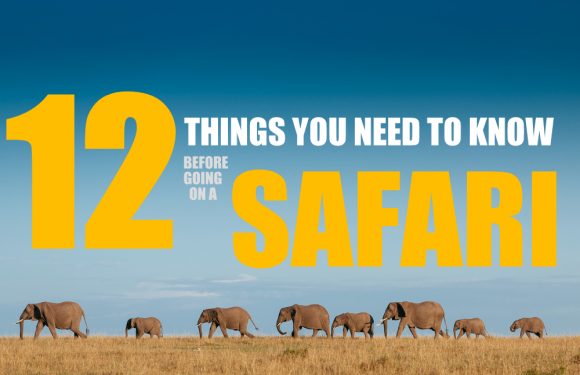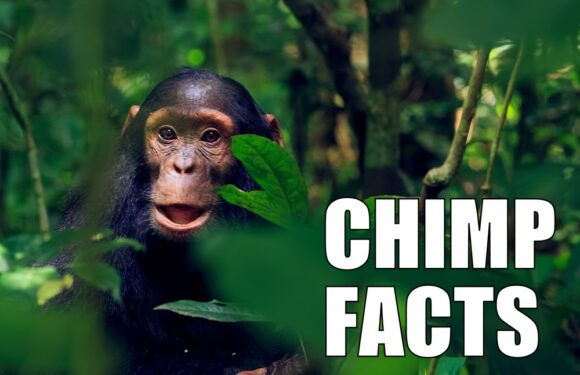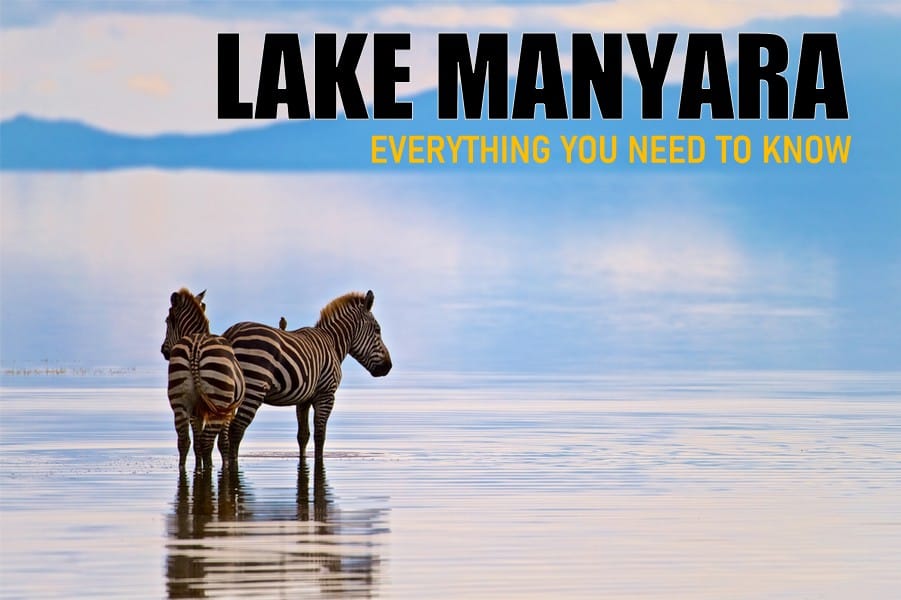
Lake Manyara National Park, situated at the base of the Great Rift Valley escarpment in Tanzania, is an ecological wonder. It is often overshadowed by the more renowned parks in the northern circuit, yet it offers a vibrant, first-time safari experience.
How Do You Pronounce Lake Manyara?
Lake Manyara is pronounced ‘Muh-nya-RA.’
Where is Lake Manyara Located?
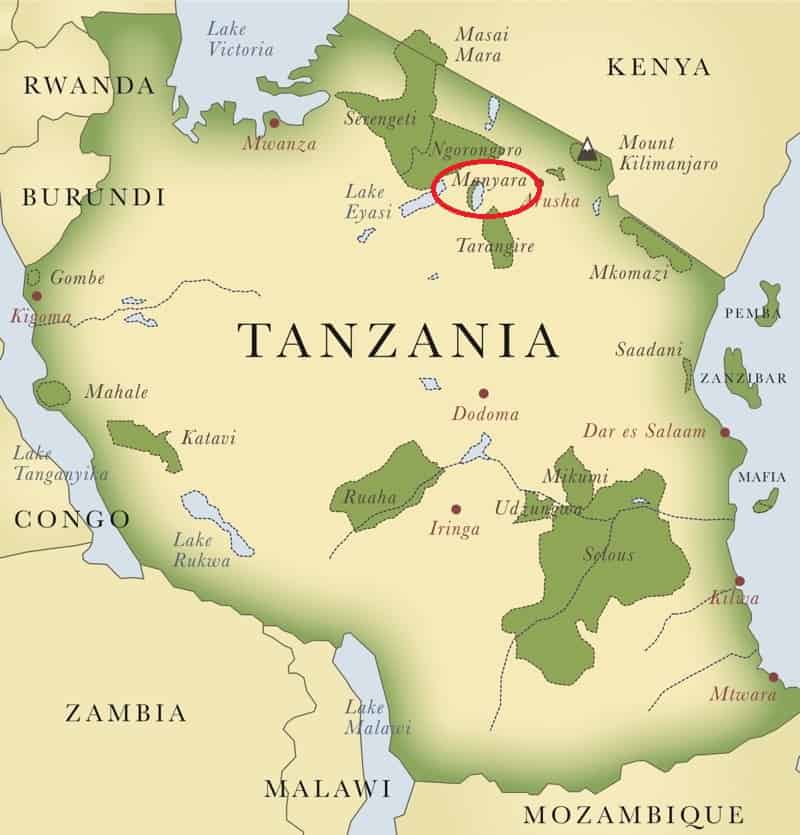
Lake Manyara National Park sits in northern Tanzania, forming part of the renowned northern safari circuit, which also includes Tarangire, Ngorongoro, and the Serengeti. The park is approximately 80 miles (130 km) from Arusha, a major city and gateway to Tanzania’s northern safari circuit.
When was Lake Manyara National Park Created?
Established in 1960, Lake Manyara National Park was designated to protect the diverse ecosystems and the flamingo populations of the lake.
What Does Lake Manyara Mean?
The name ‘Manyara’ comes from the Maasai word ‘emanyara’ which refers to a plant known as Euphorbia tirucalli. The Maasai use this plant to create living fences to protect their livestock.
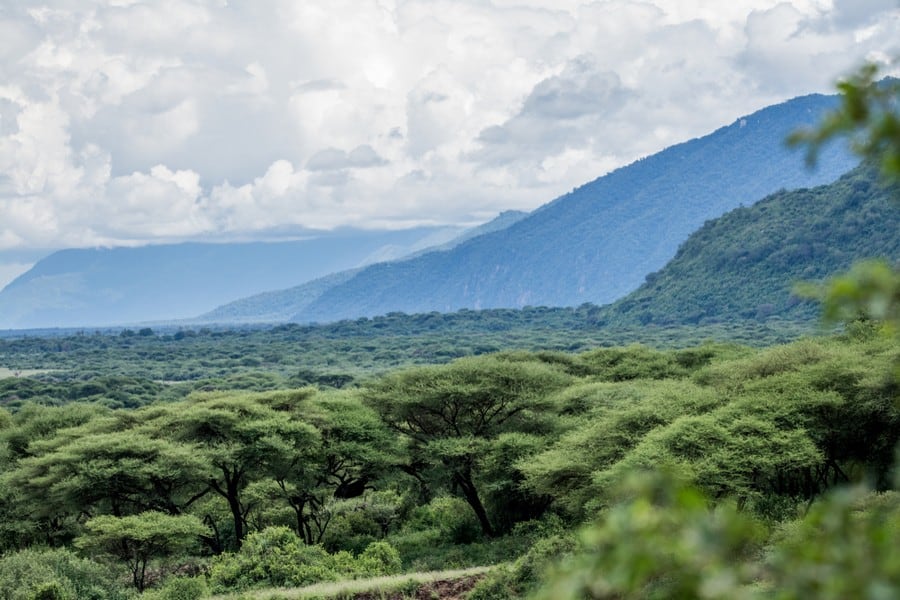
How Big is Lake Manyara National Park?
Covering an area of approximately 127 square miles (329 square kilometers), Lake Manyara National Park is compact compared to its counterparts. To put its size into perspective, Lake Manyara National Park is slightly larger than the city of Las Vegas, Nevada and a bit larger than the city of Paris, France.
Why is Lake Manyara National Park Famous?
Lake Manyara National Park is renowned for its distinctive features that make it stand out from other safari destinations. The park’s fame is primarily attributed to its rare tree-climbing lions. These lions, defying typical big cat behavior, are often spotted lounging in the branches of trees, a phenomenon rarely observed elsewhere.
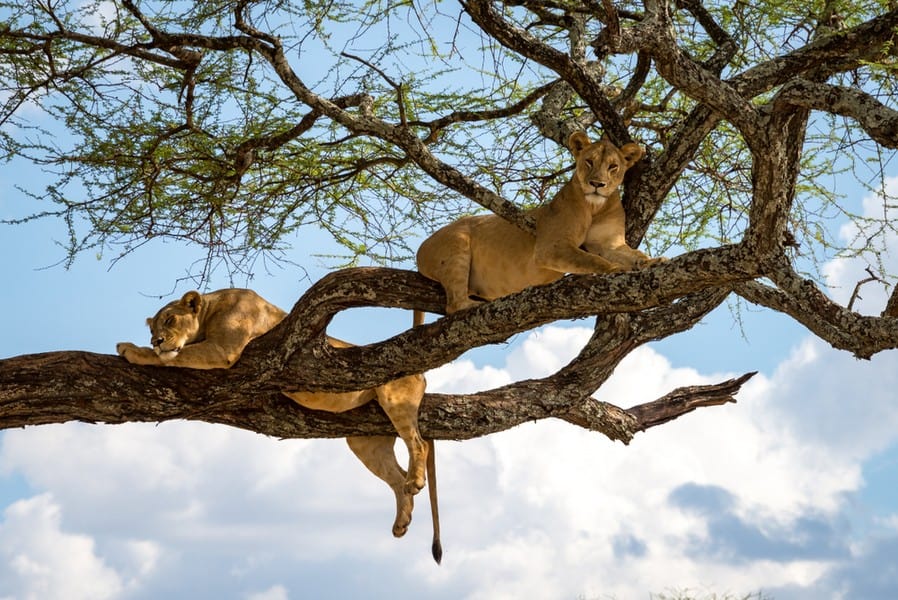
Adding to its allure, Lake Manyara is a sanctuary for birdlife. The park’s alkaline lake becomes a haven for thousands of flamingos during the wet season, creating a mesmerizing pink hue across its waters. This birding paradise hosts over 400 species, offering a awesome show for birdwatchers.
The park’s varied ecosystems, from its soda lake to dense woodlands and steep mountainsides, provide habitats for an array of wildlife. It is quite diverse for a relatively compact area. Elephants, giraffes, hippos, and a variety of antelope species thrive in this environment.
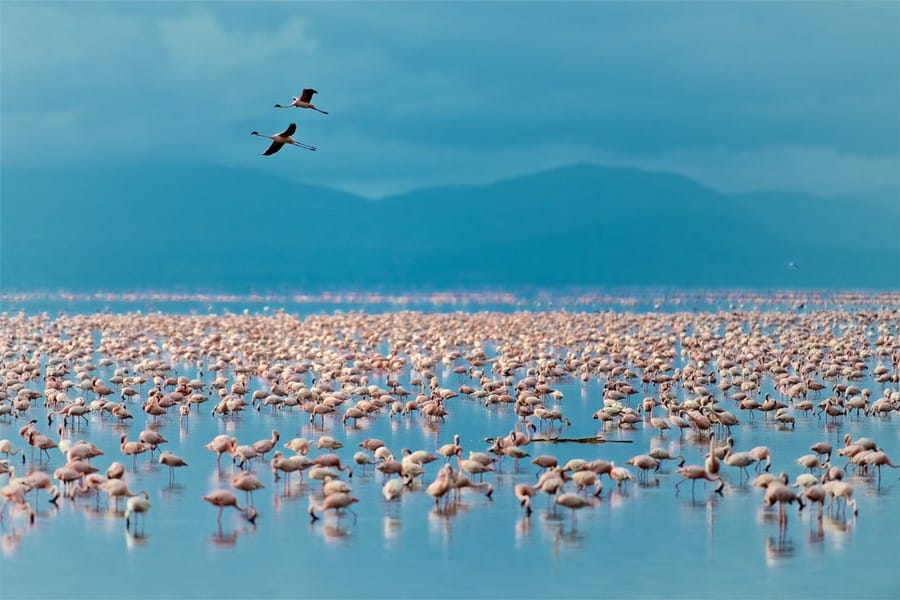
Finally, Lake Manyara’s location makes it easily accessible. It proximity to other major national parks make it an ideal addition to any Tanzanian safari itinerary.
How was Lake Manyara Formed?
Lake Manyara itself, the centerpiece of the park, is an alkaline or soda lake, created by the Rift Valley’s tectonic activity. The valley’s formation resulted from the gradual splitting of the African tectonic plate, led to the creation of a depression. Over time, this depression collected water, forming the lake. The alkaline nature of the lake is due to the accumulation of volcanic ash and other minerals washed down from the surrounding highlands.
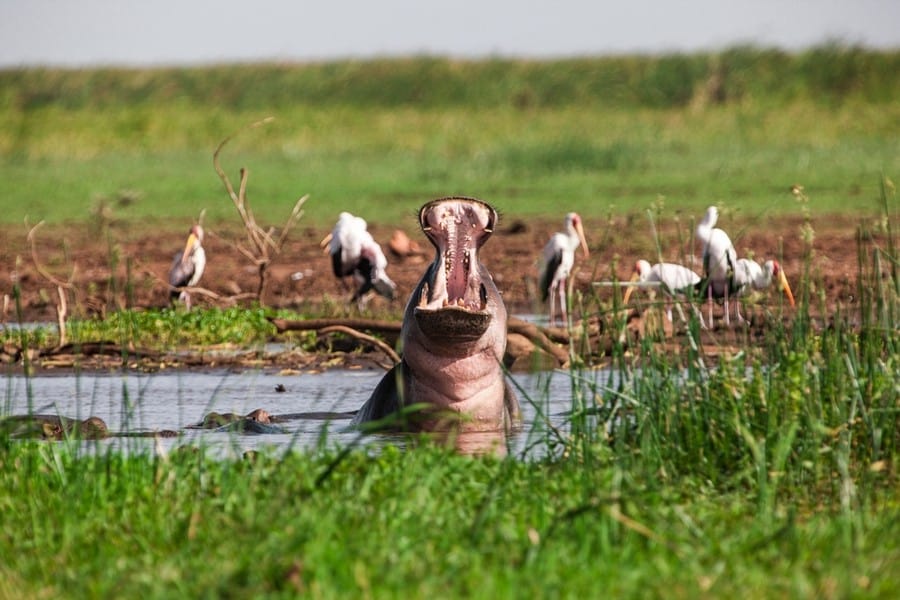
Surrounding the lake, the landscapes of the park also owe their existence to this geological upheaval. The park’s location at the base of the Rift Valley escarpment creates a unique microclimate and a range of habitats. This supports the diverse ecosystems found within its boundaries, ranging from groundwater forests to the open grasslands and acacia woodlands.
In essence, Lake Manyara National Park is a product of millions of years of tectonic movements and volcanic activities. These geological processes have sculpted a landscape that is both varied and vibrant.
What Animals Live in Lake Manyara National Park?
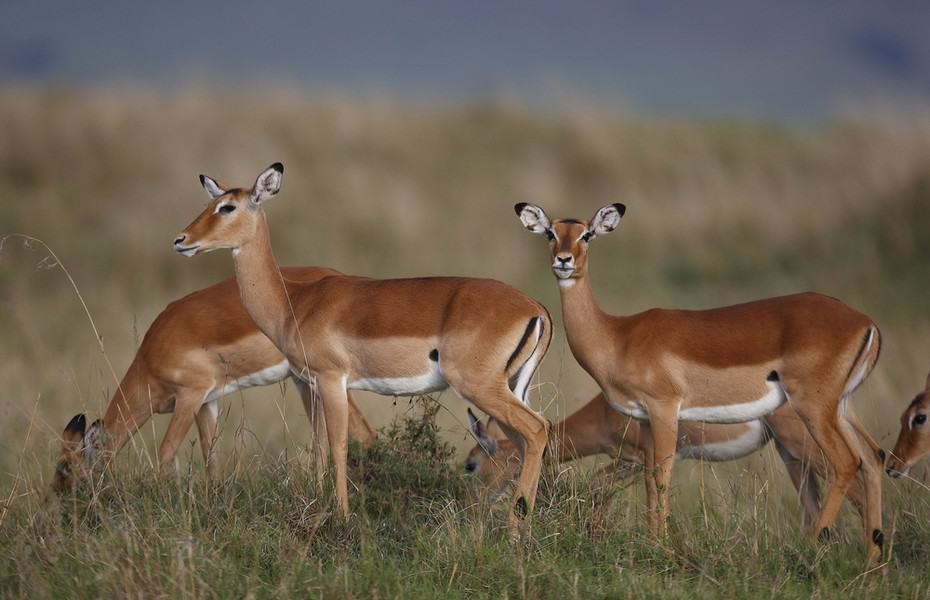
Lake Manyara National Park is home to a variety of wildlife. Here is a list of some of the key animal species found in this park:
- Tree-Climbing Lions: Known for their unusual behavior of climbing trees, these lions are a rare and intriguing sight in the park.
- Elephants: The park hosts a significant population of elephants, renowned for their gentle and approachable nature.
- Hippos: These large mammals are commonly found in the waters of Lake Manyara, providing an exciting spectacle for visitors.
- Flamingos: The alkaline lake attracts thousands of flamingos, especially during the wet season, creating a stunning pink panorama.
- Buffaloes: Robust and powerful, buffaloes are a common sight, often seen grazing in the grasslands or near water bodies.
- Zebras: Their distinctive stripes make them a favorite among visitors, and they are often spotted in herds throughout the park.

- Wildebeest: These animals, known for their migratory patterns, are also residents of Lake Manyara, contributing to the park’s dynamic ecosystem.
- Baboons: Large troops of baboons are a common and entertaining sight, particularly around the park’s forests and water sources.
- Warthogs: With their distinctive tusks and playful nature, warthogs add a unique charm to the park’s wildlife diversity.
- Impalas: These elegant antelopes are widely distributed across the park, known for their agility and grace.
- Giraffes: These tall and graceful animals are frequently seen browsing the high branches of trees in the park.
- Diverse Bird Species: Beyond flamingos, the park is a haven for birdwatchers with over 400 species recorded, including pelicans, storks, and many passerines.
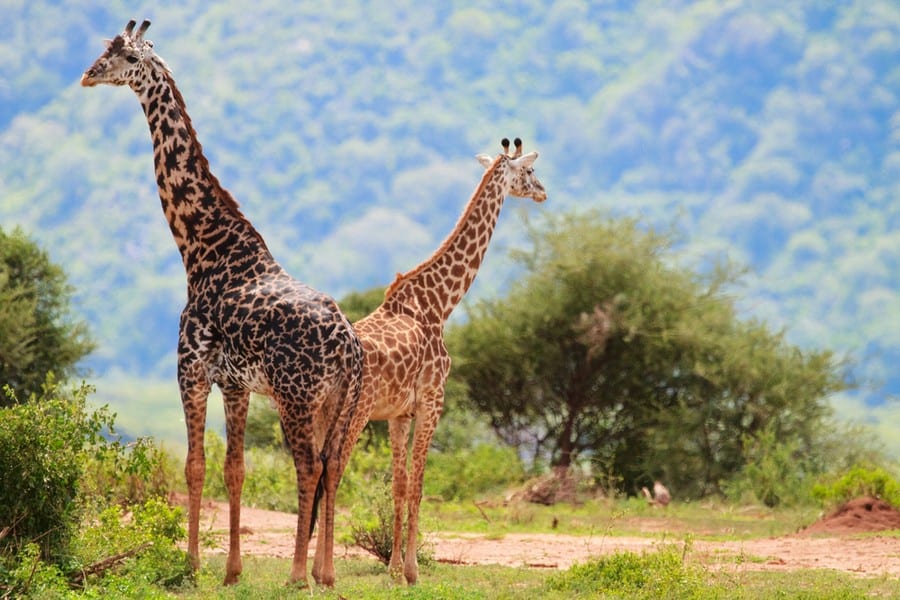
What is the Weather in Lake Manyara National Park?
Lake Manyara National Park experiences a climate that, like much of northern Tanzania, is marked by distinct wet and dry seasons.
Dry Season (June to October)
- Climate Overview: During these months, the park experiences a dry climate with minimal rainfall. The skies are typically clear, offering sunny days ideal for wildlife exploration.
- Temperature Range: The temperatures during the day are generally pleasant, averaging between 75°F and 85°F (24°C to 29°C). However, temperatures can occasionally spike to around 90°F (32°C). The evenings and early mornings are cooler, with temperatures often dropping to between 55°F and 60°F (13°C to 16°C). The coolest months within this season are often June and July.
- Impact on Wildlife: The scarcity of water during the dry season draws animals to Lake Manyara and other remaining water sources, providing excellent opportunities for wildlife sightings. This is a particularly good time to observe animals such as elephants, giraffes, and various bird species congregating near the water.
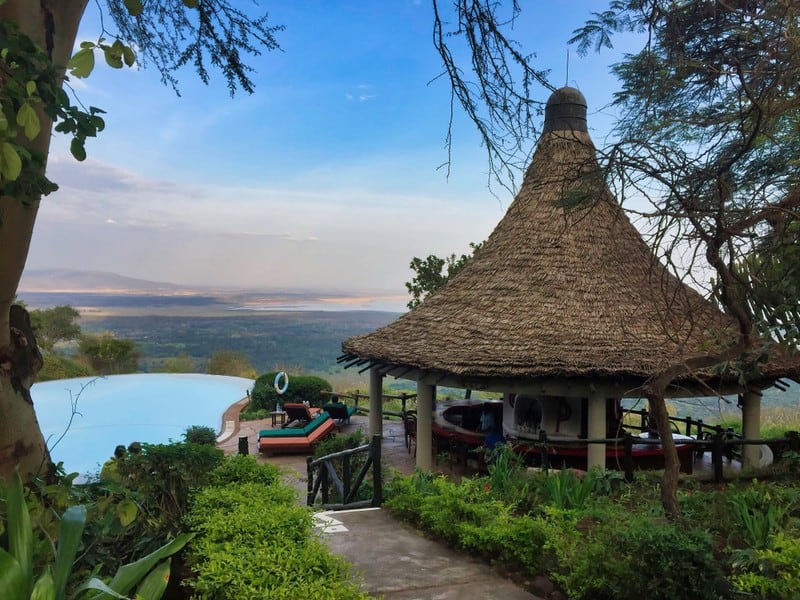
Wet Season (November to May)
- Climate Characteristics: This period is split into two phases: the ‘short rains’ occurring between November and December, and the ‘long rains’ from March to May. Rainfall during this season typically arrives in short, heavy bursts, often in the late afternoon or evening.
- Temperature Details: The wet season sees cooler daytime temperatures, usually in the range of 70°F to 80°F (21°C to 27°C). The cloud cover associated with the rainy season tends to keep night temperatures slightly higher than during the dry season, generally staying between 60°F and 65°F (16°C to 18°C).
- Wildlife and Vegetation: The rains transform Lake Manyara National Park into a vibrant and lush habitat. This season is particularly favorable for bird enthusiasts, as the park becomes a breeding ground for various bird species and attracts migratory birds. While the dense vegetation may make some wildlife less visible, the scenic beauty of the park is at its peak, with flourishing flora and active fauna.
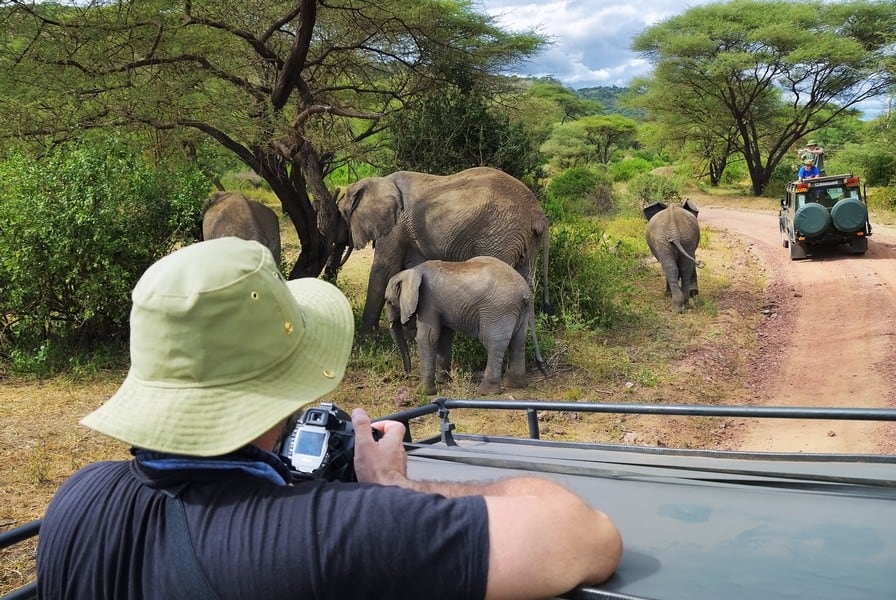
When is the Best Time to Visit Lake Manyara National Park?
Generally, the dry season, spanning from June to October, is considered the best time to visit Lake Manyara for wildlife viewing. During these months, the sparse vegetation and limited water sources compel animals to congregate around Lake Manyara and other accessible water bodies, making them easier to spot. This period is also marked by clear skies, minimal rainfall, and comfortable temperatures.
However, for those interested in bird watching and enjoying the lush scenery, the wet season, particularly from November to December and March to May, presents a park teeming with birdlife and vibrant green landscapes. Each season in Lake Manyara has its own charm, making it a year-round destination for different safari experiences.
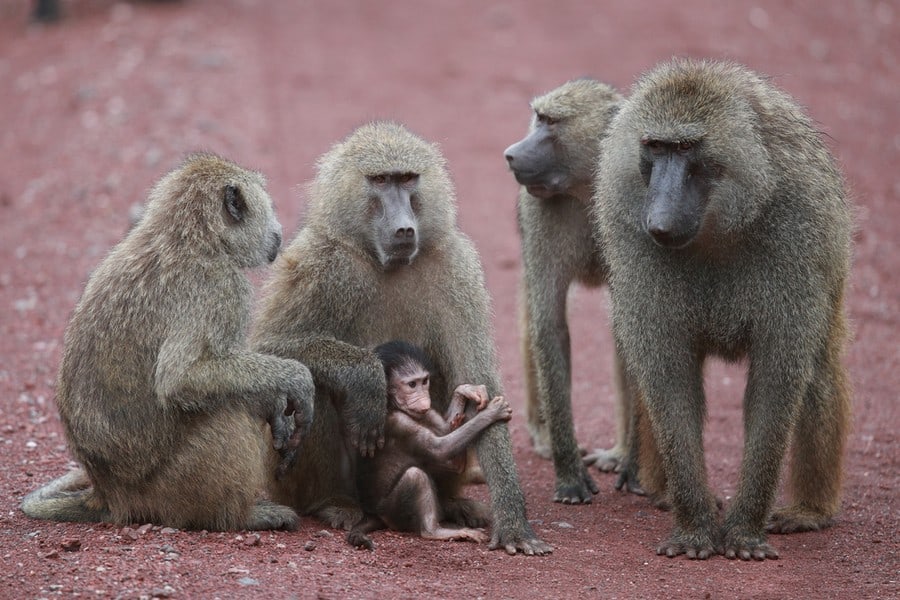
Want to Visit Lake Manyara?
Join us on an Ultimate Kilimanjaro safari to explore Lake Manyara National Park for yourself.
Most multi-day safari itineraries will visit Lake Manyara on the first day.



















































